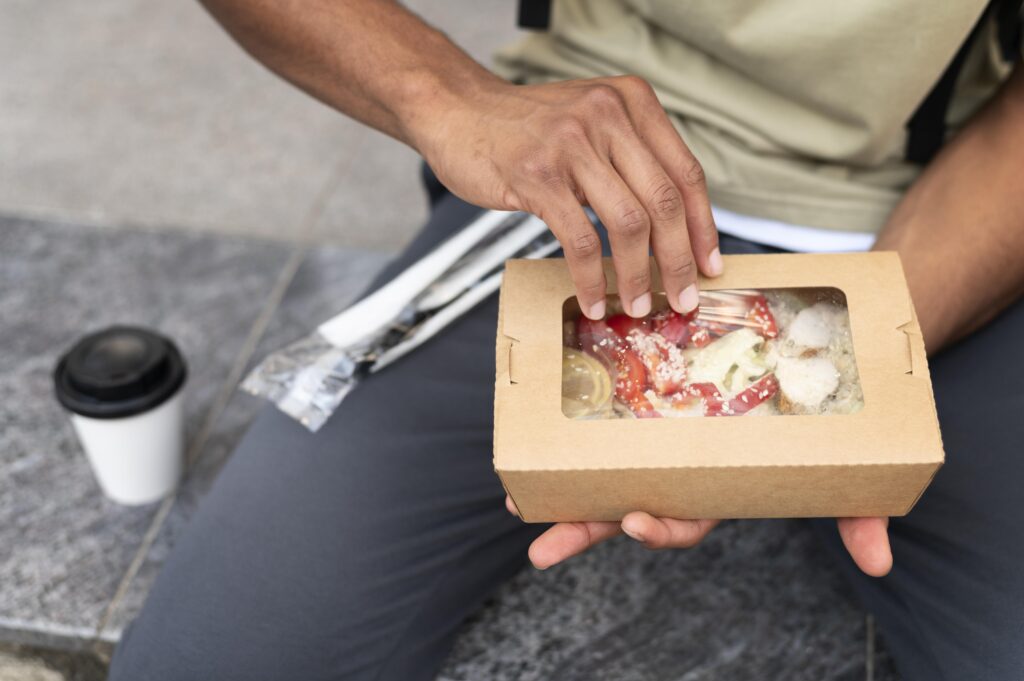Third-Party or In-House Delivery: Pros and Cons in New Zealand


Introduction
The rise of online food delivery has revolutionized the way people experience dining. As the convenience and accessibility of food delivery services continue to grow, restaurants in New Zealand are faced with a crucial decision: should they opt for third-party delivery platforms or manage in-house delivery operations? Each approach comes with its own set of advantages and challenges. In this blog, we’ll explore the pros and cons of third-party and in-house delivery in the context of the New Zealand food industry.
Third-Party Delivery: Pros and Cons
Pros
- Exposure and Reach: Partnering with established third-party platforms instantly expands a restaurant’s customer base. These platforms have large user bases, increasing visibility and potentially attracting new customers.
- Efficiency: Third-party delivery services offer streamlined ordering and payment processes, which can improve operational efficiency and reduce the workload on restaurant staff.
- Marketing and Promotion: Many third-party platforms invest heavily in marketing and promotions. Restaurants can benefit from exposure through app-based advertisements, discounts, and deals.
- Technology Infrastructure: By leveraging existing technology infrastructure, restaurants can quickly join the delivery ecosystem without the need for extensive tech development.

Cons
- High Fees: Third-party platforms charge significant commission fees, cutting into a restaurant’s profit margin. These fees can range from 20% to 30% or more of the order value.
- Loss of Control: Restaurants relinquish control over the delivery process, including quality control and customer service. Negative experiences can reflect poorly on the restaurant’s brand.
- Dependence: Relying solely on third-party platforms can make restaurants vulnerable to changes in their policies, fees, or even market dynamics.
- Brand Visibility: Restaurants may struggle to differentiate themselves on third-party platforms, as customers often perceive the service as an extension of the platform rather than a unique establishment.
In-House Delivery: Pros and Cons
Pros
- Control: Managing in-house delivery allows restaurants to maintain control over every aspect of the delivery process, from food preparation to customer service.
- Customer Experience: In-house delivery enables direct interaction with customers, ensuring a personalized and positive experience that can enhance brand loyalty.
- Cost Management: While there are upfront costs associated with setting up in-house delivery, restaurants can avoid the high commission fees of third-party platforms in the long run.
- Branding: In-house delivery provides an opportunity to reinforce the restaurant’s brand identity and showcase its unique offerings.
Cons
- Logistical Challenges: Running an in-house delivery operation requires careful planning and resources, including hiring delivery staff, managing delivery routes, and ensuring timely deliveries.
- Initial Investment: Restaurants need to invest in vehicles, equipment, and technology to establish a successful in-house delivery system.
- Limited Reach: Unlike third-party platforms with broad user bases, in-house delivery might initially have a narrower reach, especially if the restaurant is not widely known.
- Marketing Efforts: Restaurants must invest in their own marketing and promotion efforts to attract customers to their in-house delivery service.

Conclusion
The decision between third-party and in-house delivery in the New Zealand food industry is a complex one. While third-party platforms offer convenience and exposure, they come with high fees and reduced control. In-house delivery empowers restaurants with more control over the customer experience and cost management, but requires upfront investment and logistical planning. Ultimately, the right choice depends on a restaurant’s priorities, resources, and long-term goals. By carefully evaluating the pros and cons of each approach, New Zealand restaurants can make an informed decision that aligns with their unique circumstances and aspirations.